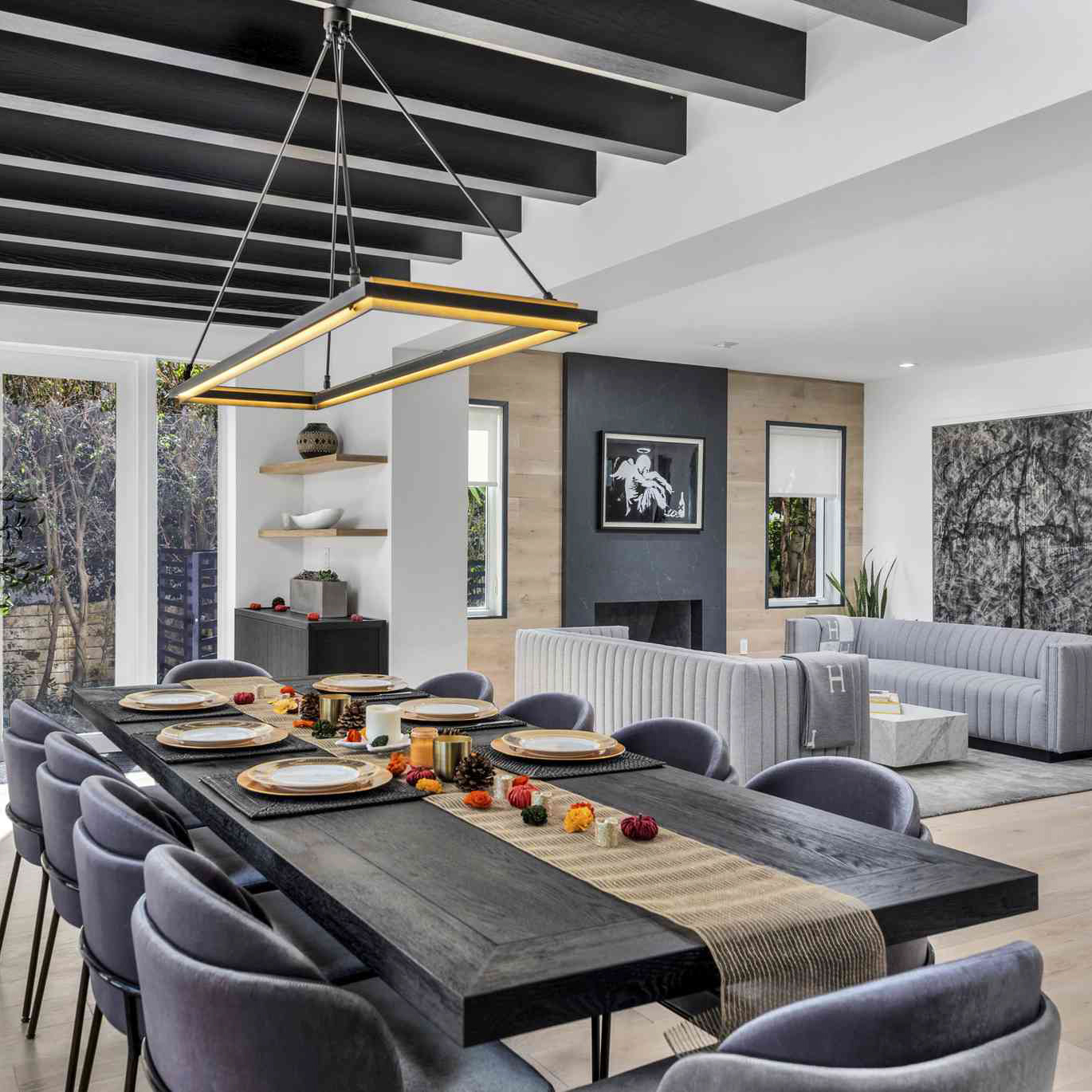
Twin Lighting: Shedding Light on the Benefits of Dual Light Sources
Introduction
Lighting is an essential part of any home, office or commercial space. It has the power to transform a space, creating a positive and welcoming atmosphere. Over the years, lighting technology has advanced, and as a result, many new lighting options are now available. One of these options is Twin Lighting. Twin Lighting is a lighting technique that uses two separate light sources to illuminate a space. This article will discuss the advantages of Twin Lighting and why it is becoming increasingly popular in the lighting industry.
What is Twin Lighting?
Twin Lighting is a lighting technique that uses two separate light sources to provide lighting to a single space. It involves the use of two light bulbs, two lampshades, and two light fixtures. The two light sources are placed at a certain distance apart, and the focus is to ensure that the lights do not clash with each other, creating a perfect balance of illumination.
One of the primary benefits of Twin Lighting is the fact that it creates an even illumination. A single light source can leave some areas of a room darker than others, creating shadows that can be difficult to navigate in. With Twin Lighting, the two light sources complement each other, creating a more even and balanced illumination.
Advantages of Twin Lighting
There are several benefits to using Twin Lighting. One of the most significant advantages is the fact that it provides a more even and balanced illumination. This is because the two light sources complement each other, creating a more uniform distribution of light.
Another advantage is the added level of versatility. Twin Lighting can be used in a variety of settings, including homes, offices, and commercial spaces. It is particularly useful in spaces that require a lot of light, such as kitchens, bathrooms, and workspaces.
Twin Lighting is also energy-efficient. By using two light sources instead of one, Twin Lighting can significantly reduce energy consumption. This is particularly useful in commercial spaces, such as stores and offices, where lighting is required for long periods.
Types of Twin Lighting
There are several types of Twin Lighting available, each with its unique features and benefits.
The first type is symmetrical Twin Lighting. This type of Twin Lighting involves the use of two identical light fixtures placed symmetrically. The light fixtures are usually placed directly opposite each other, creating a balanced and even illumination.
The second type is asymmetrical Twin Lighting. This type of Twin Lighting uses two different light fixtures, placed at different angles. One light fixture may be used to highlight certain areas of the room, while the other provides general illumination.
The third type is functional Twin Lighting. This type of Twin Lighting is often used in workspaces and commercial settings. It involves the use of two separate light fixtures, each with its own switch. This allows the user to adjust the level of illumination depending on their needs.
Twin Lighting is becoming increasingly popular in the lighting industry due to its many benefits. Not only does it provide a more even and balanced illumination, but it is also energy-efficient and versatile. There are several types of Twin Lighting available, making it suitable for a variety of settings. If you’re looking for a cost-effective and efficient way to illuminate your space, then Twin Lighting is definitely worth considering.
